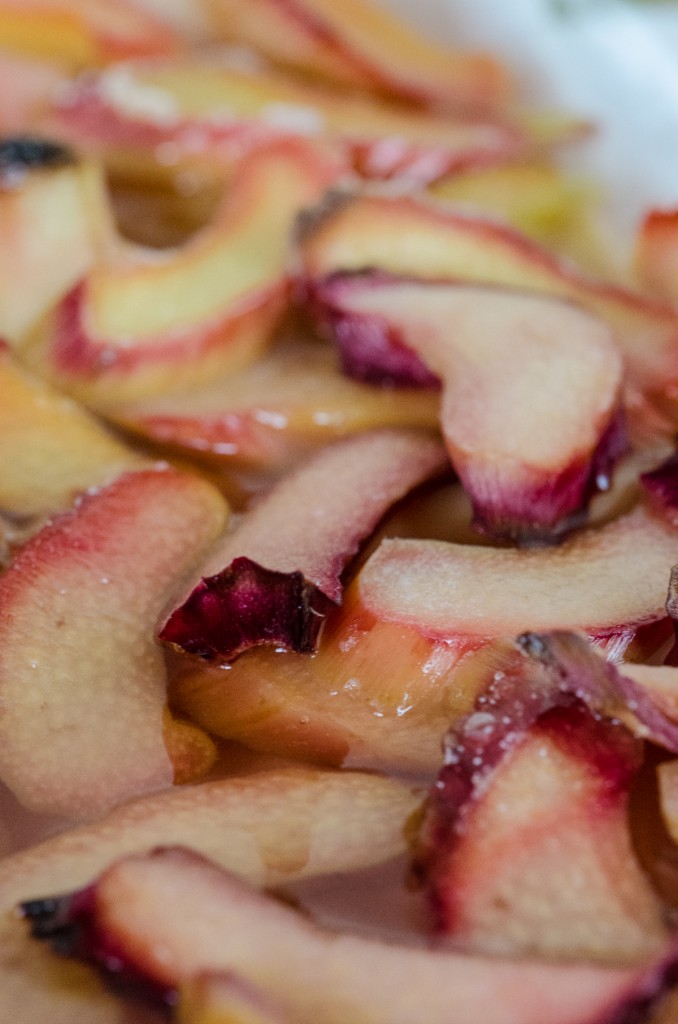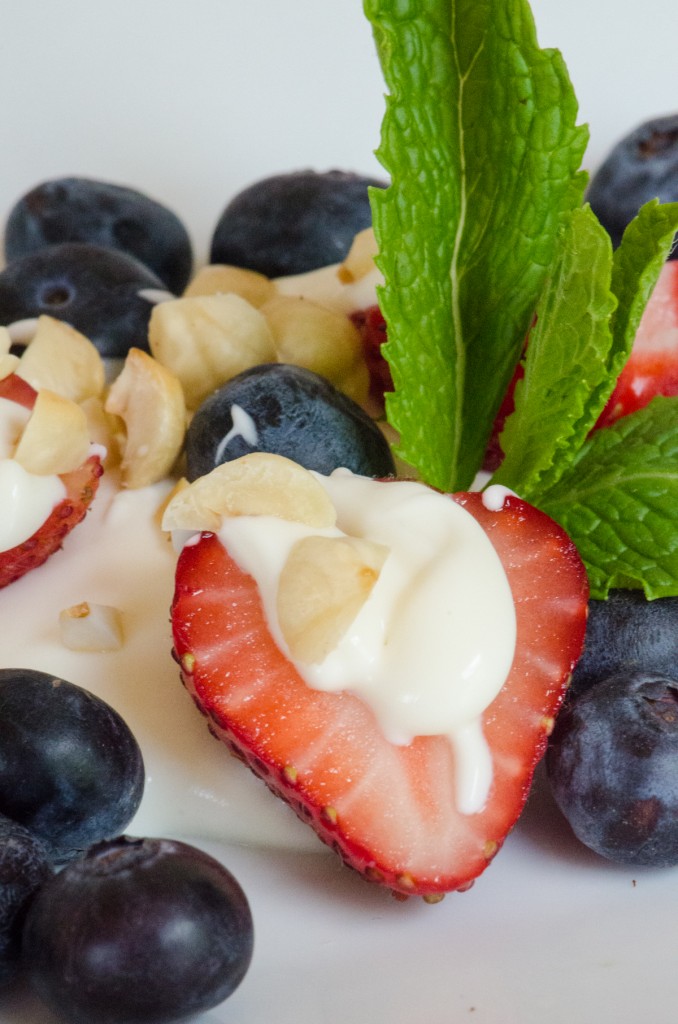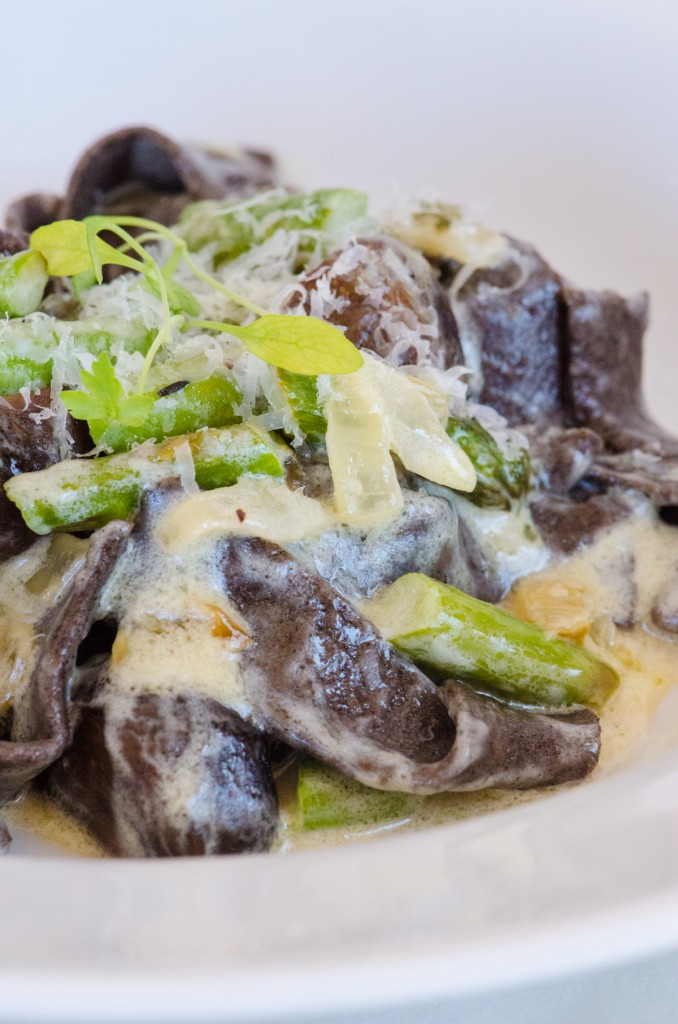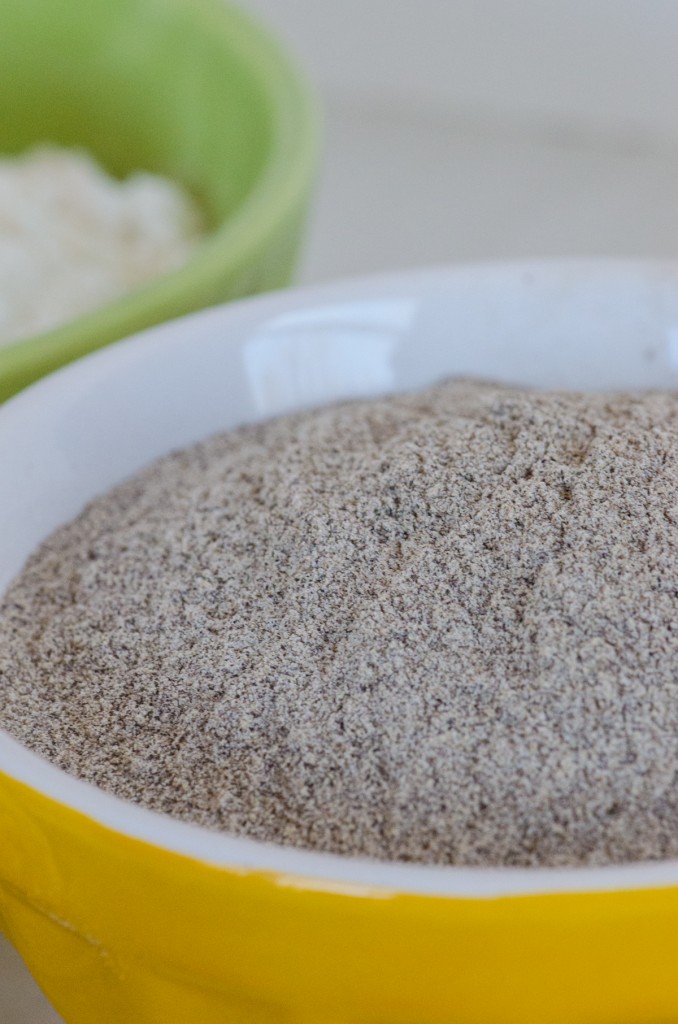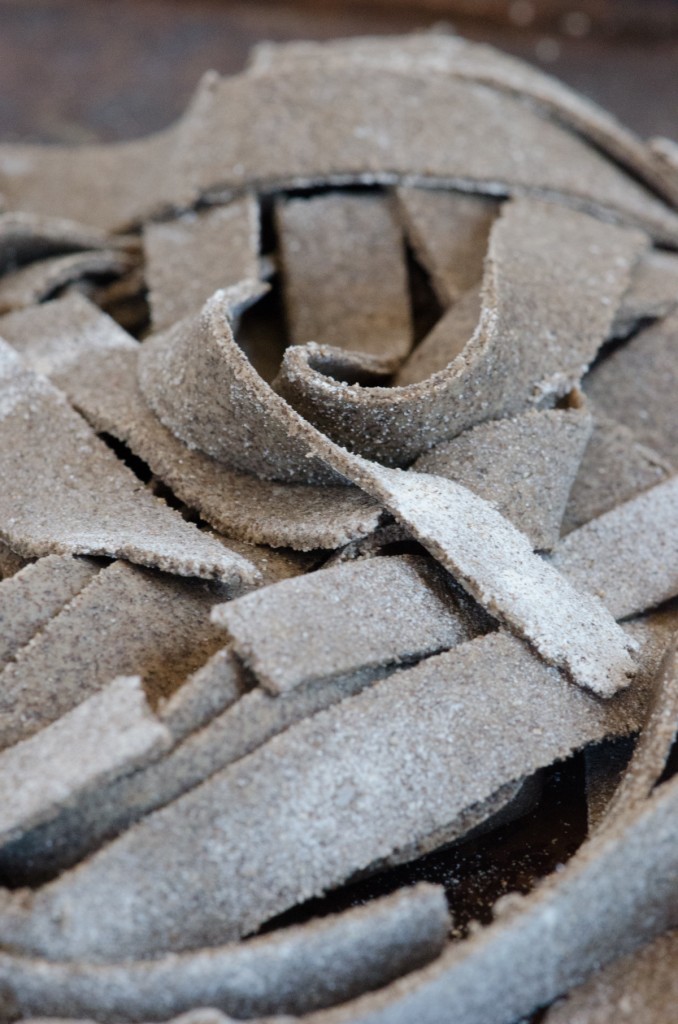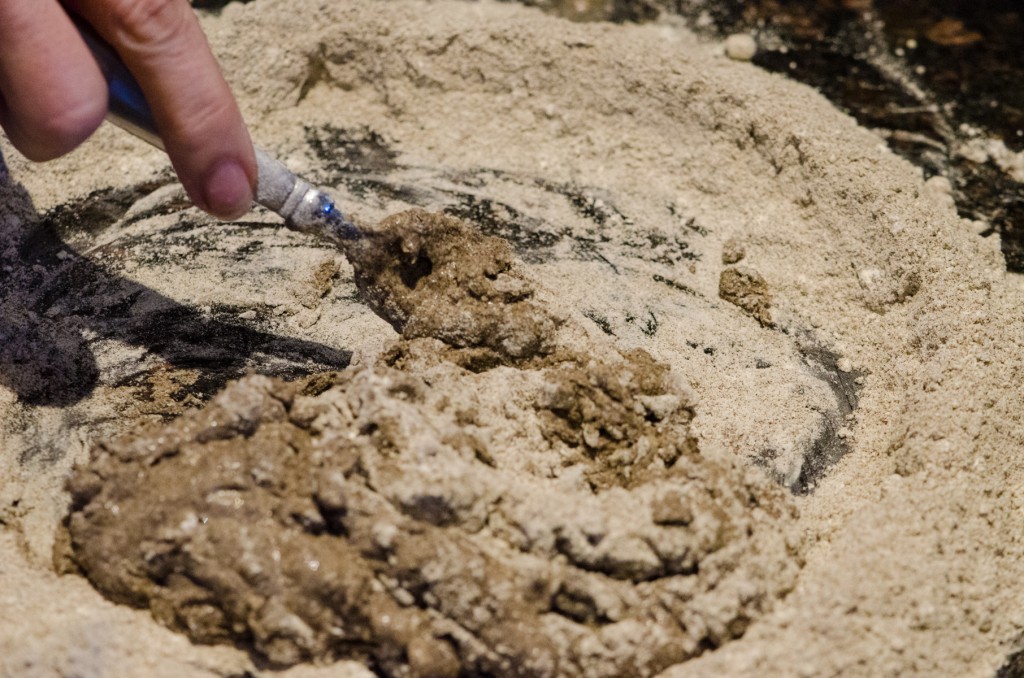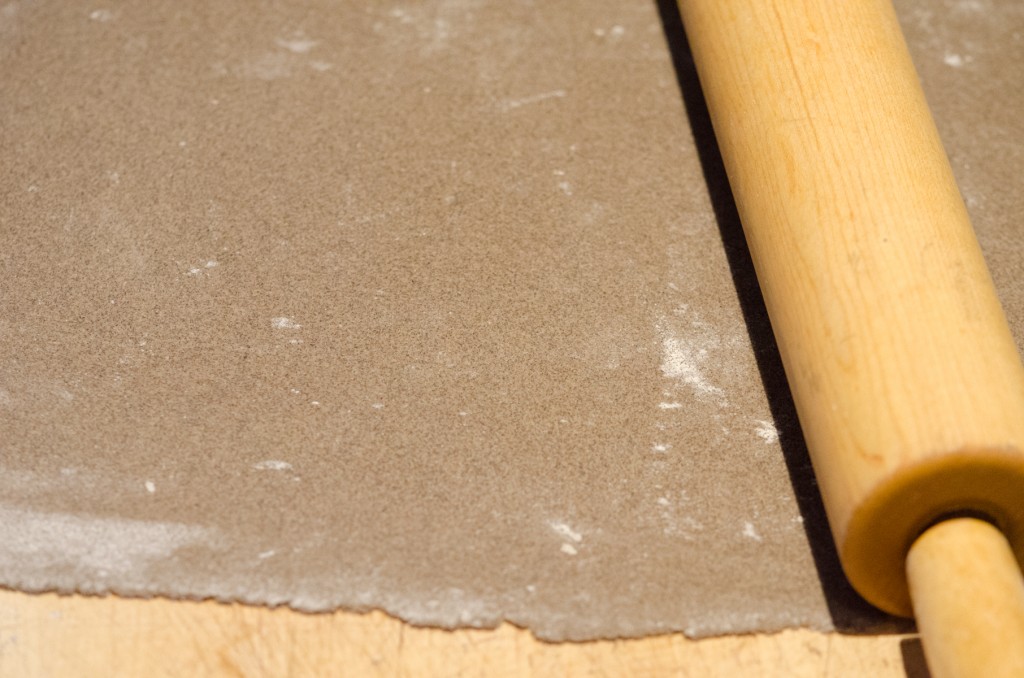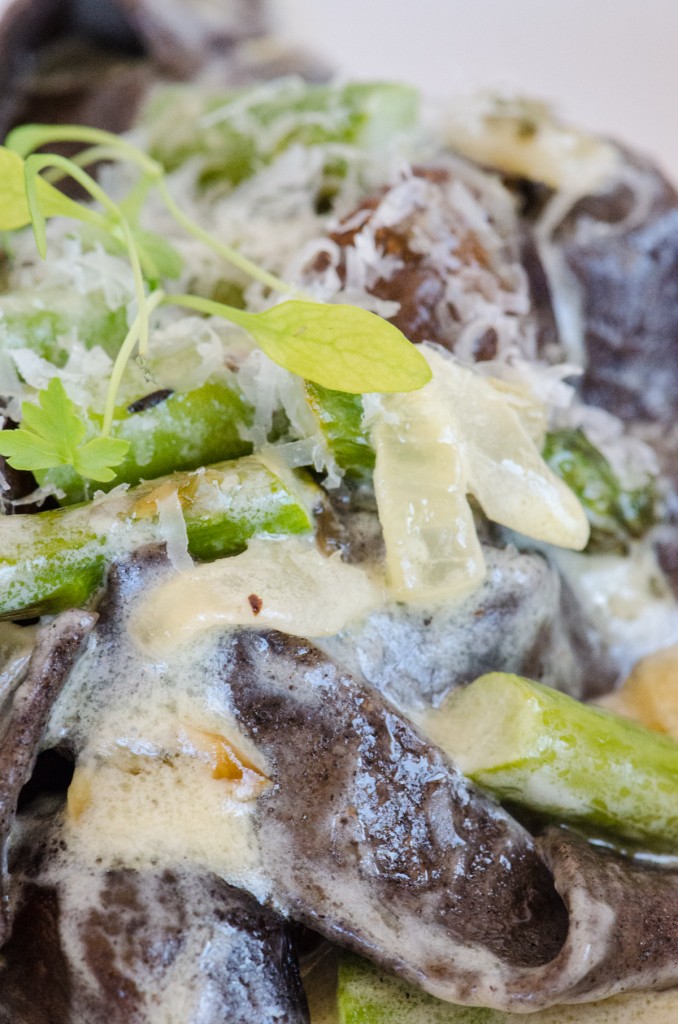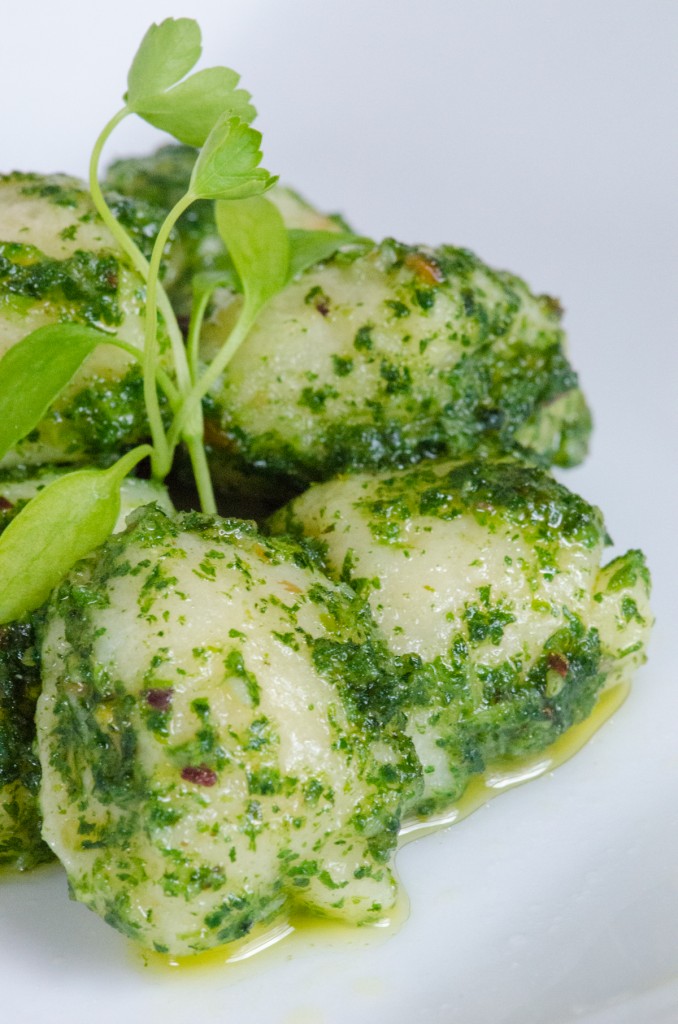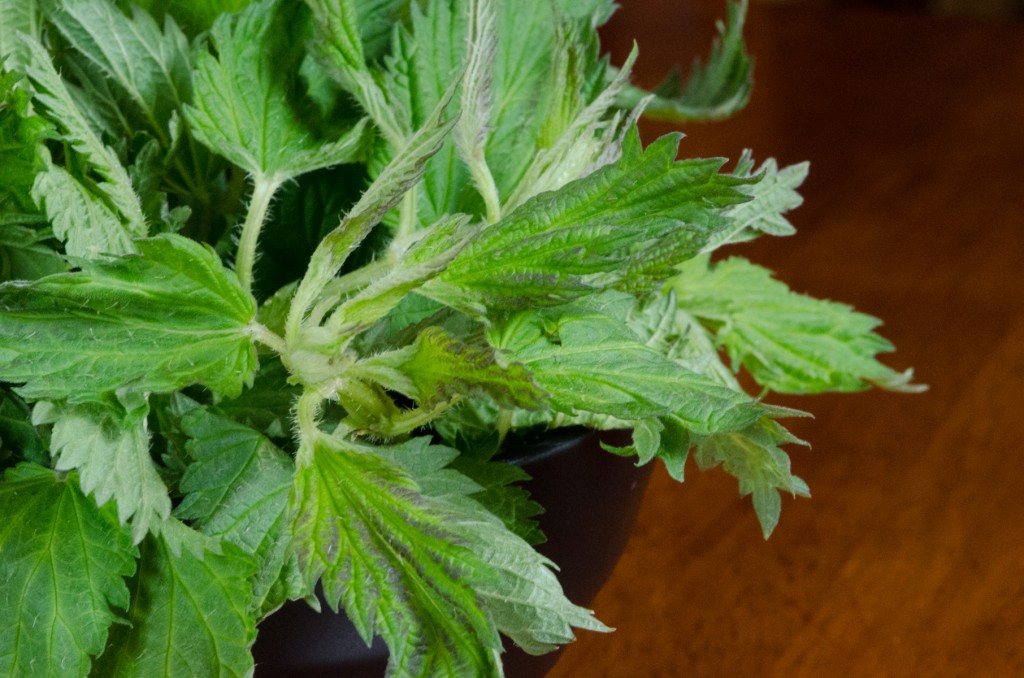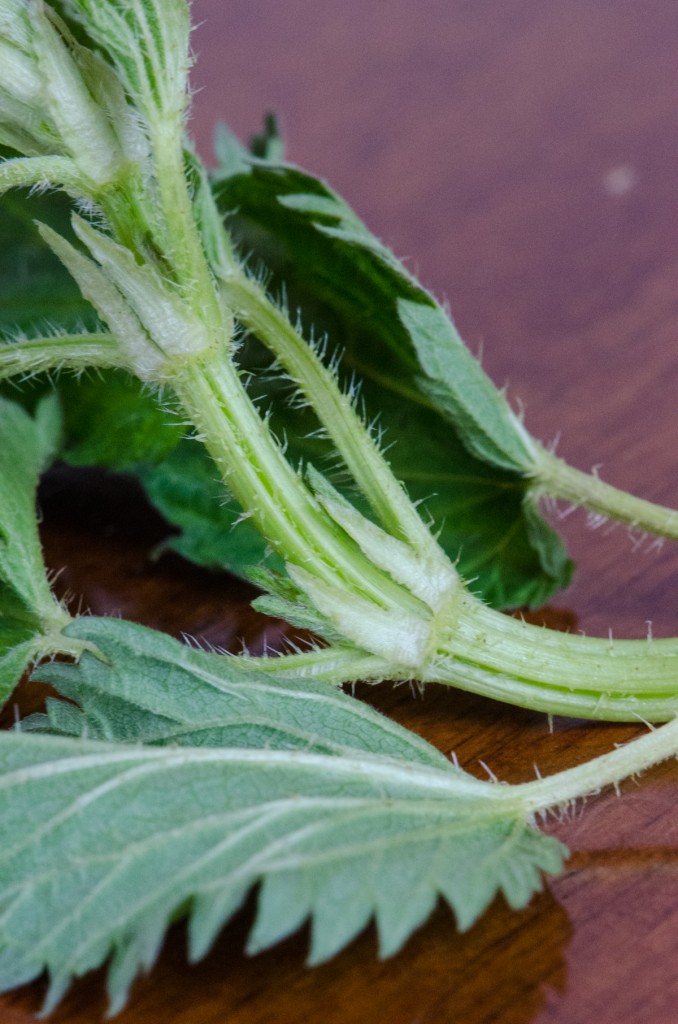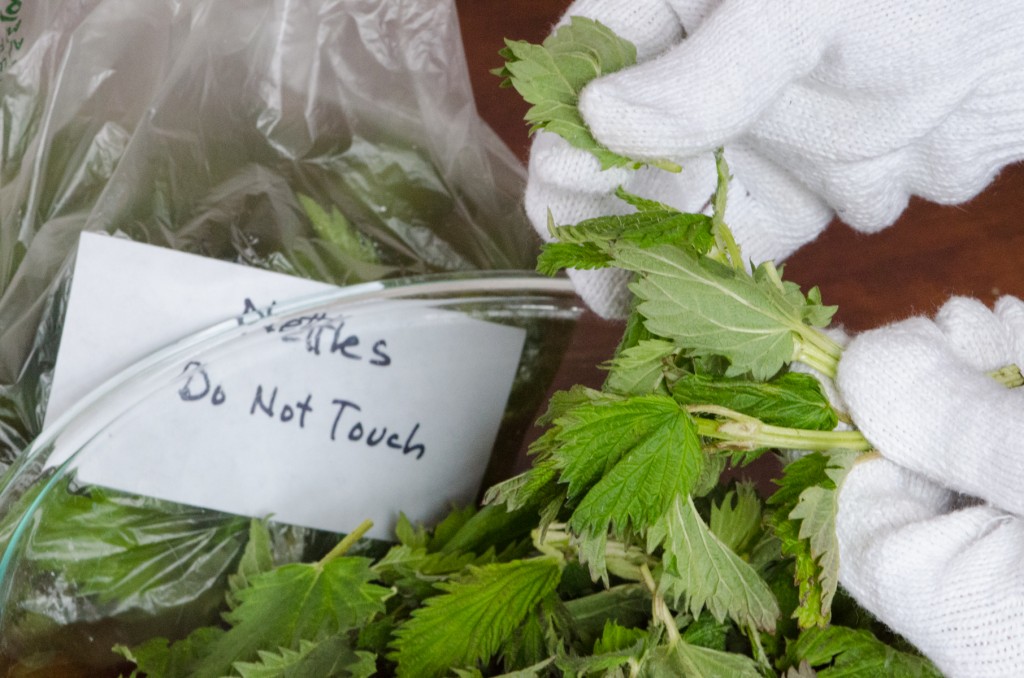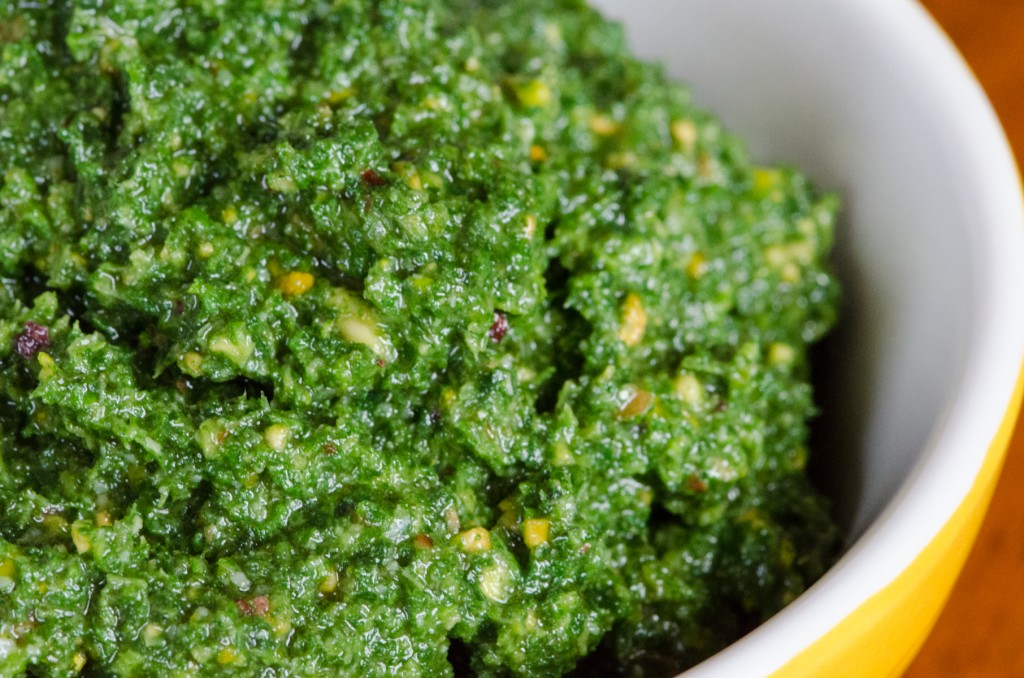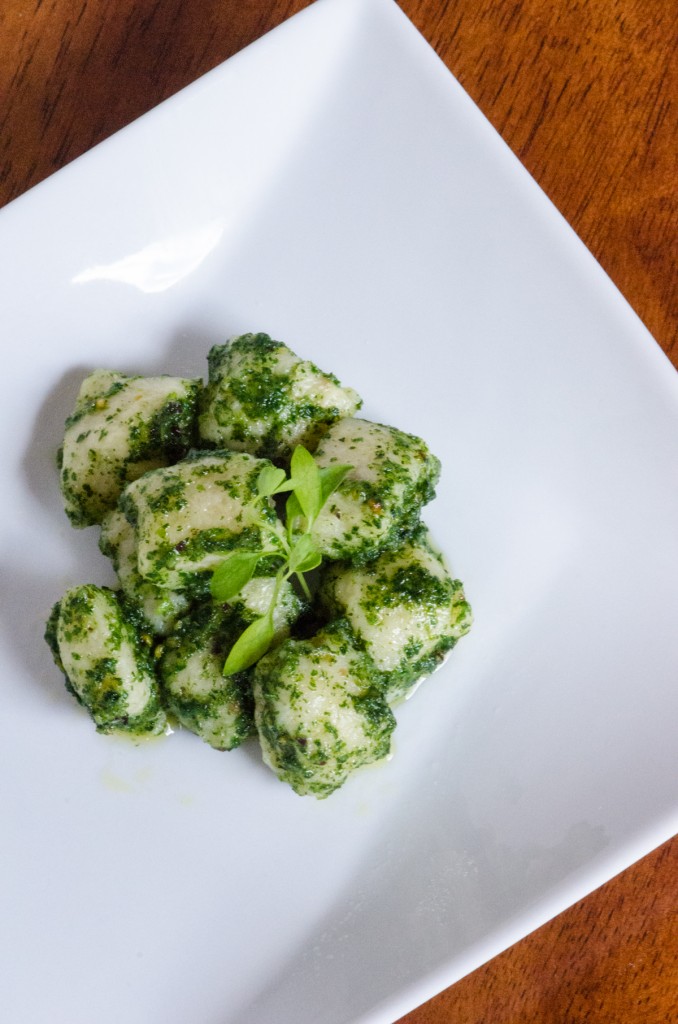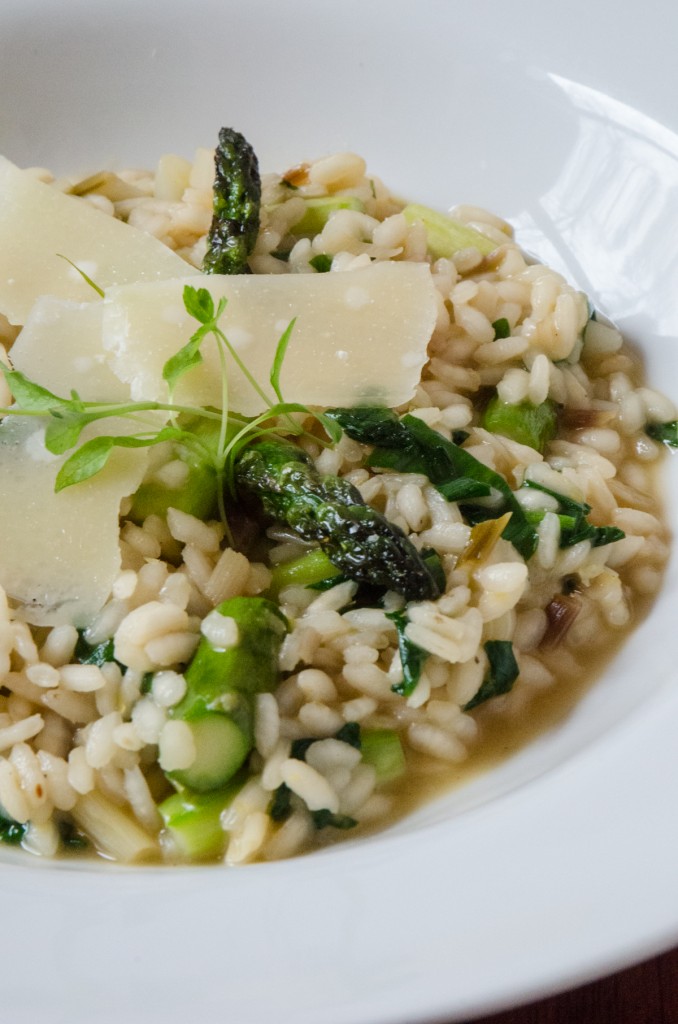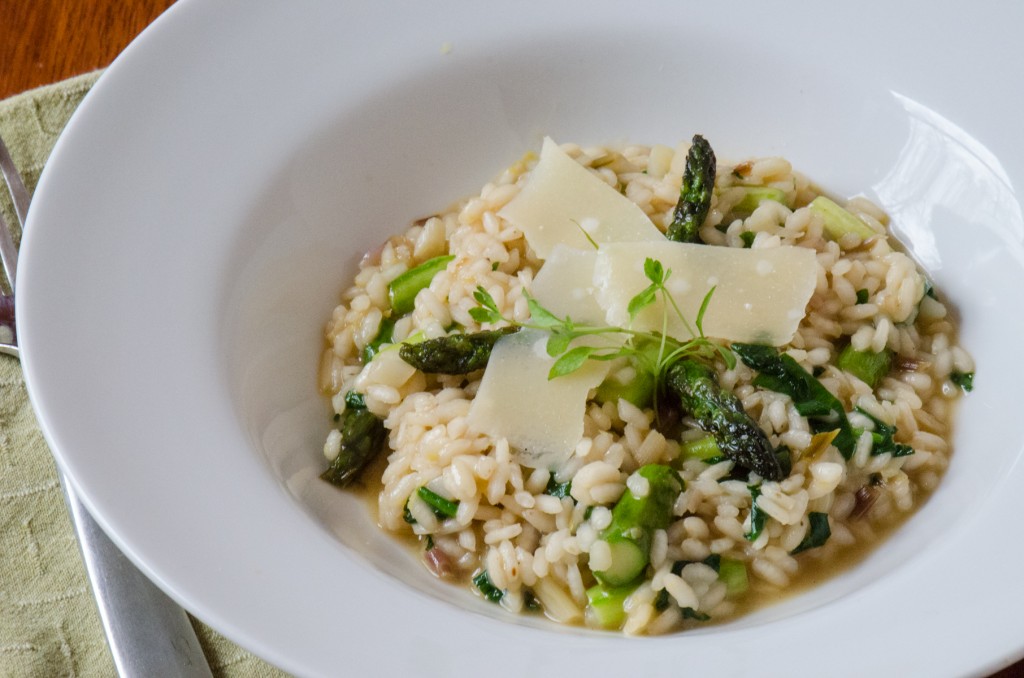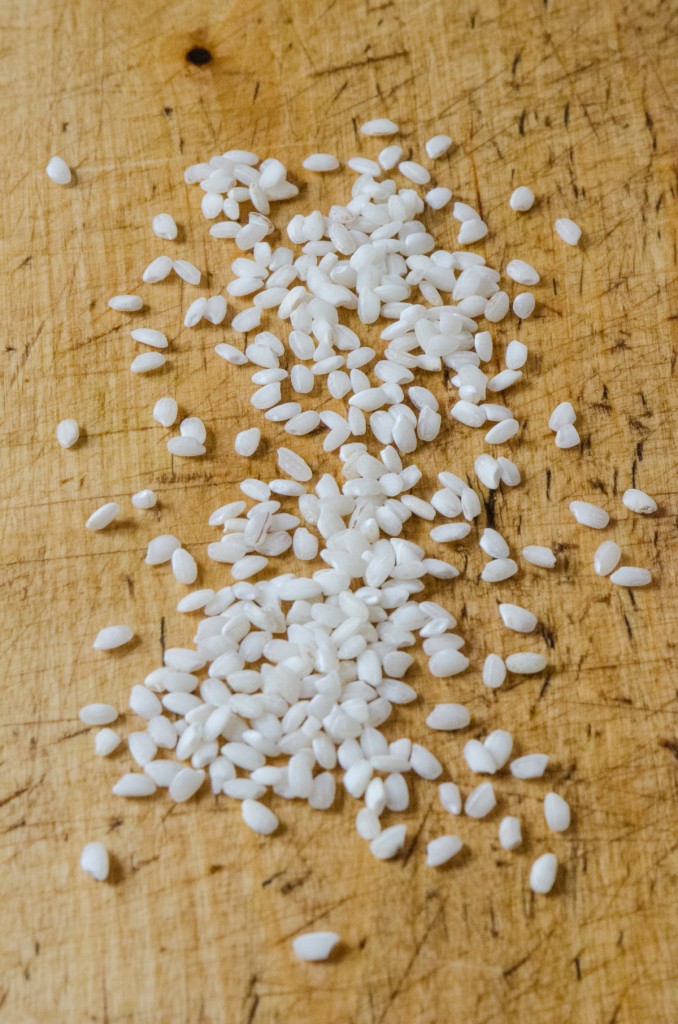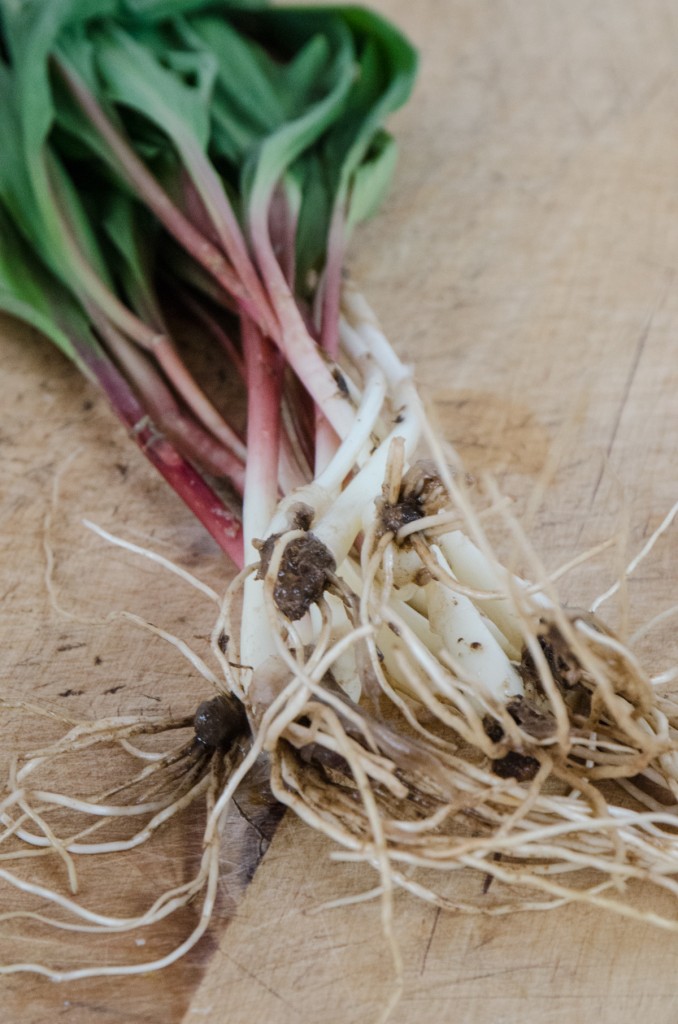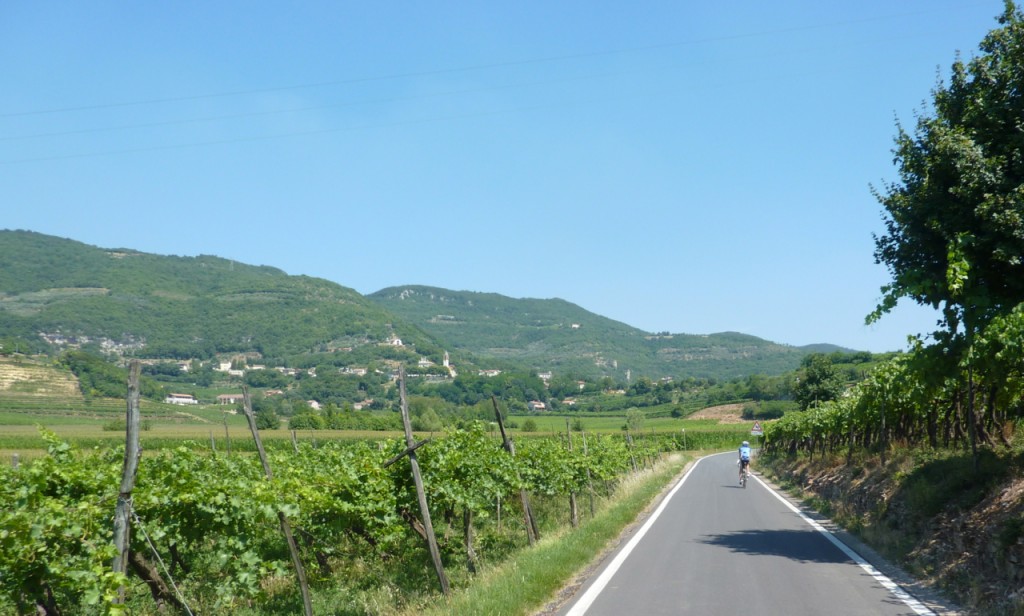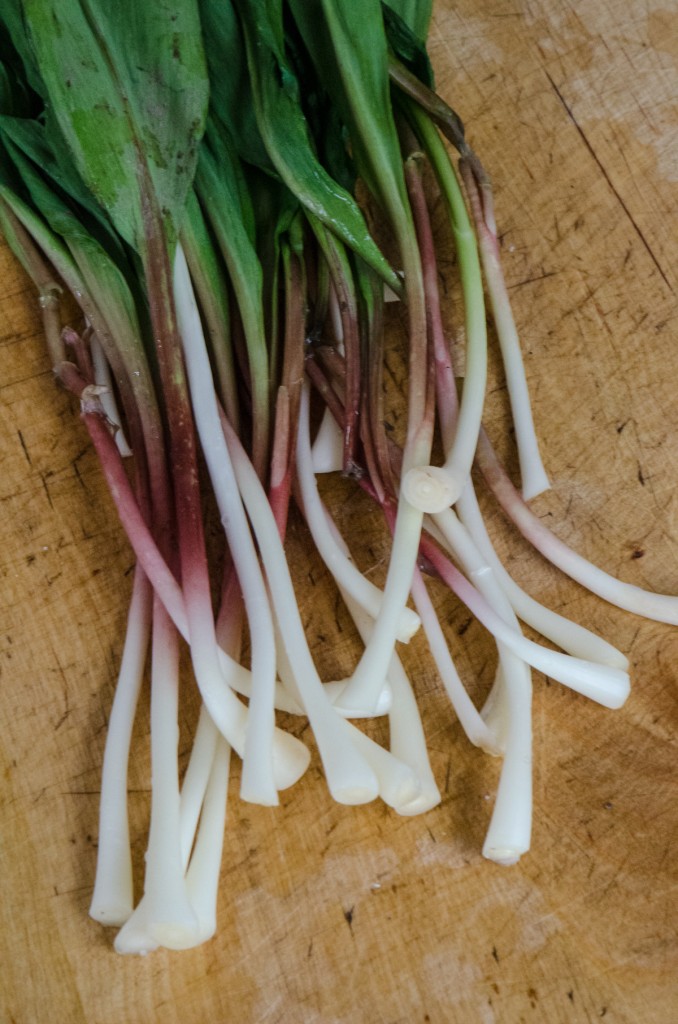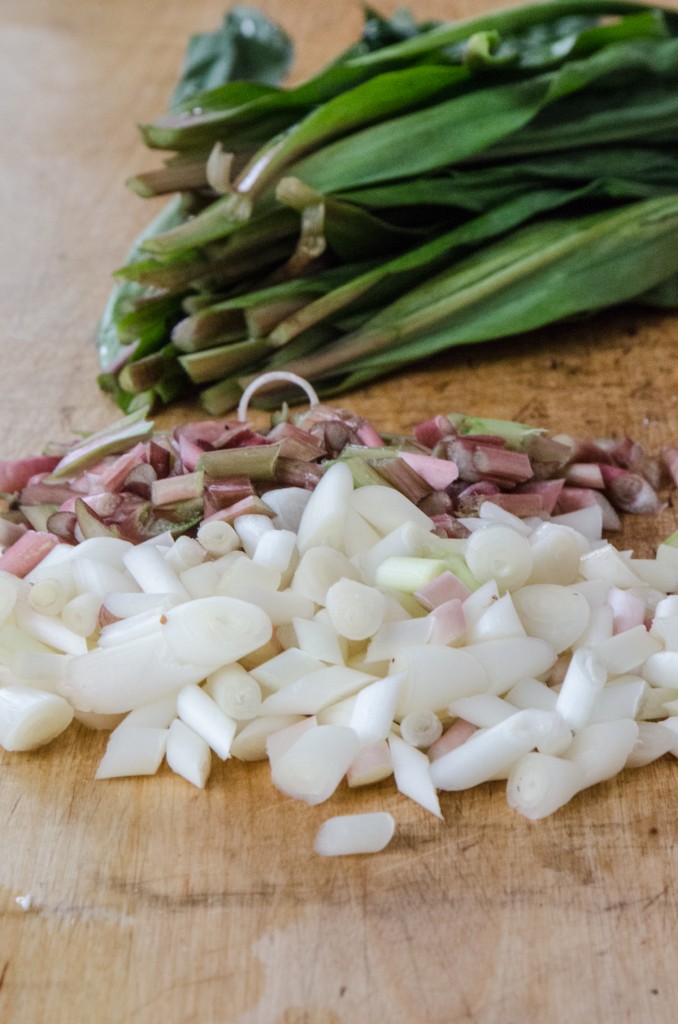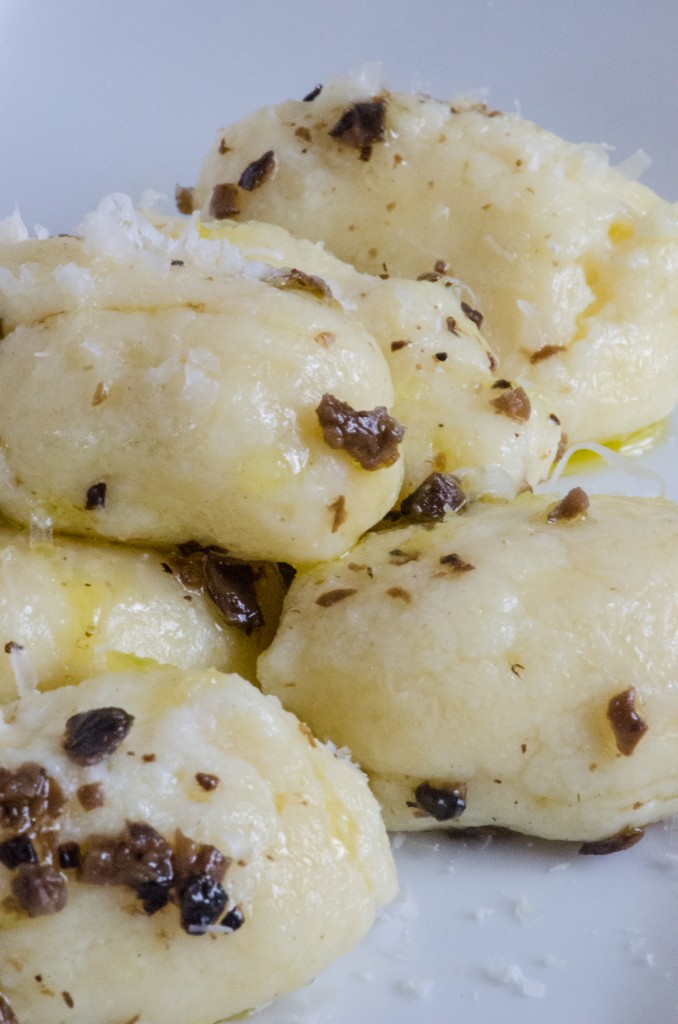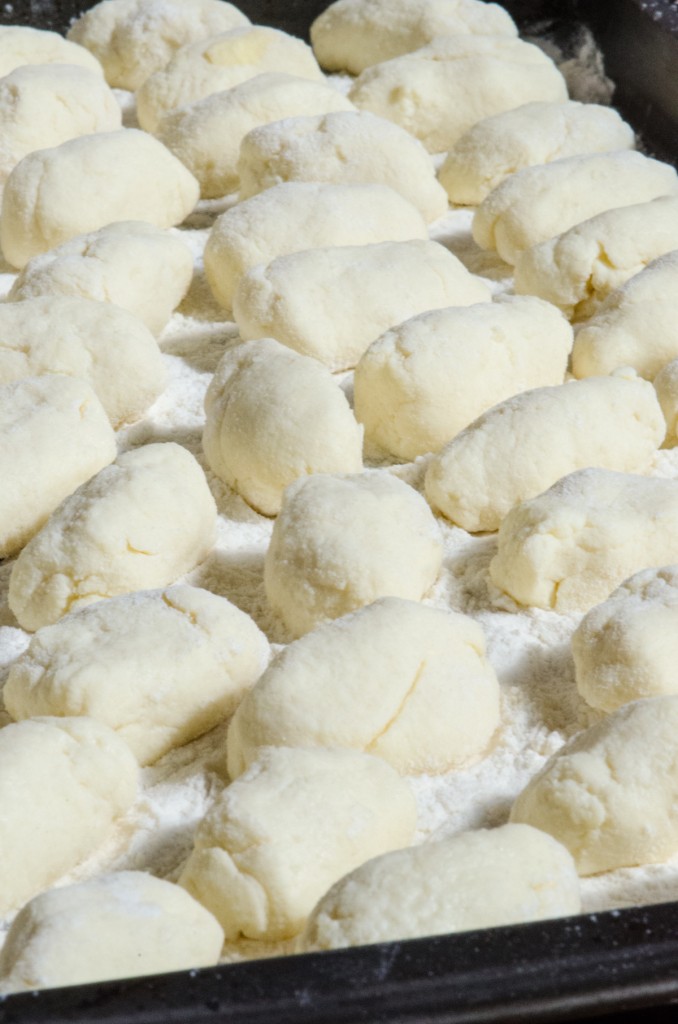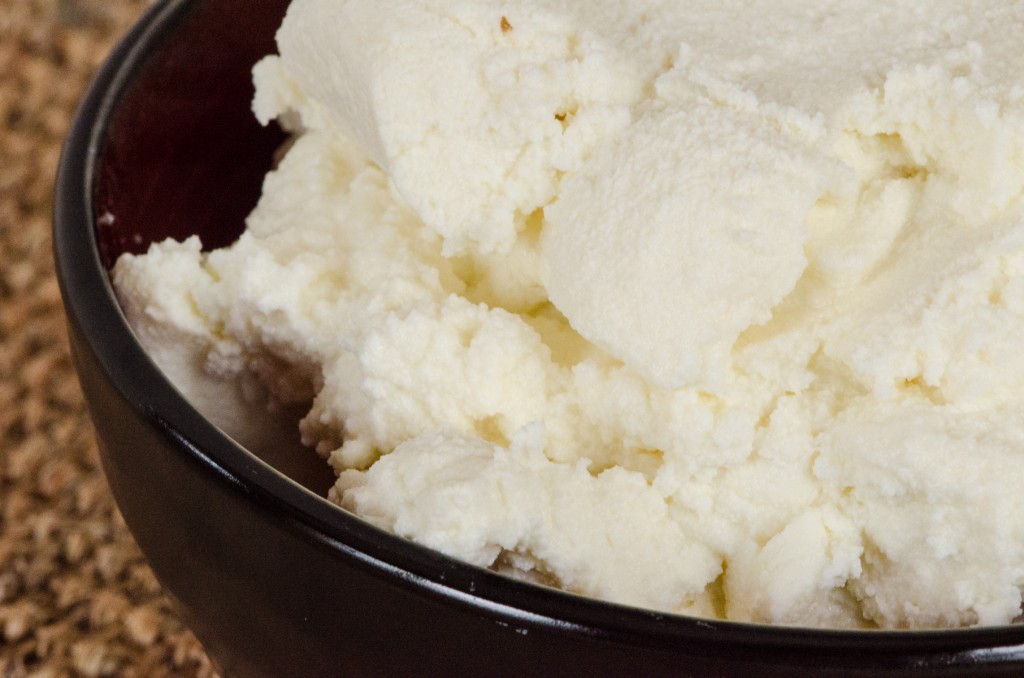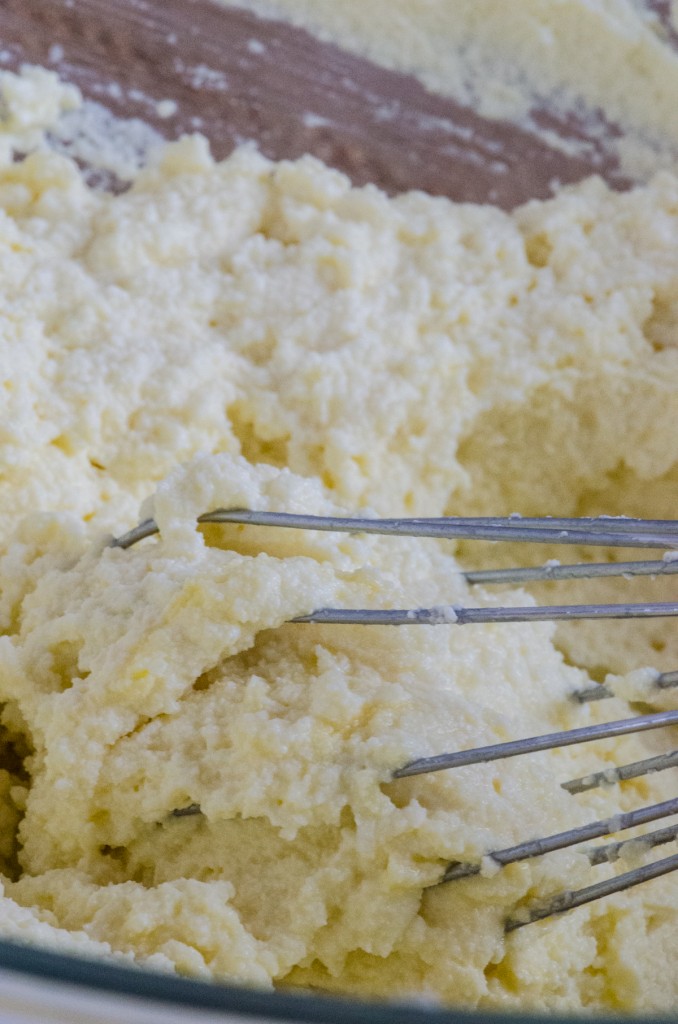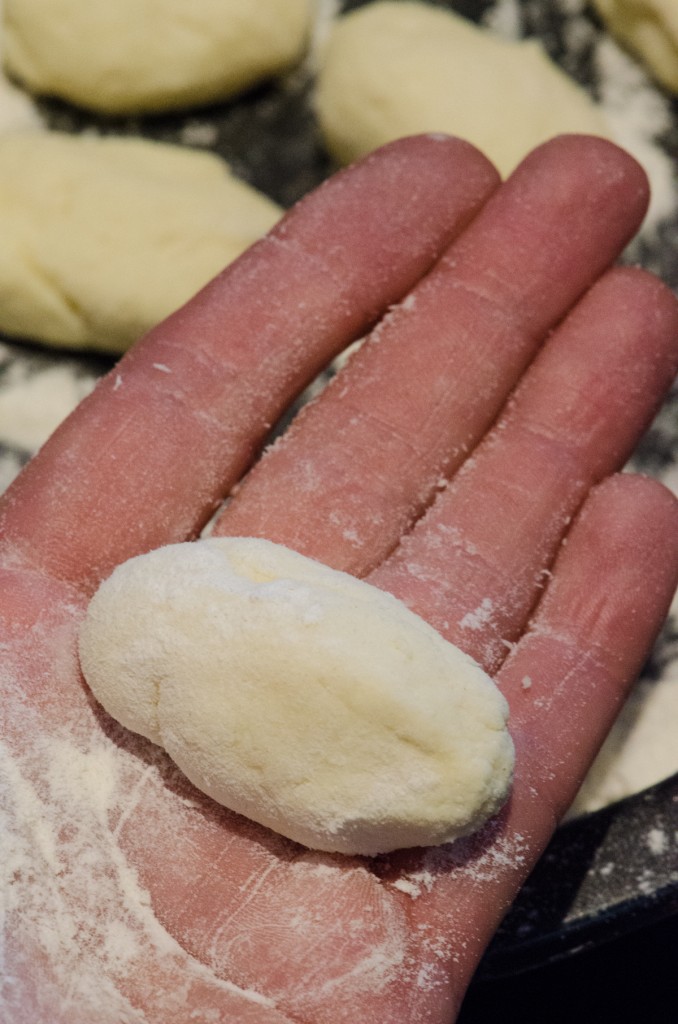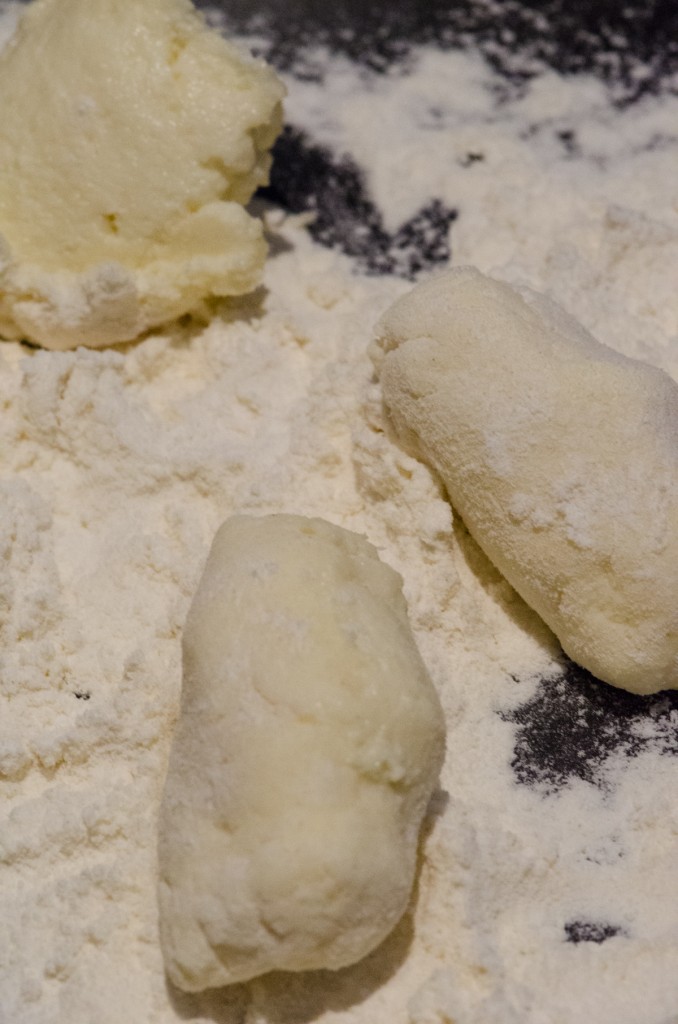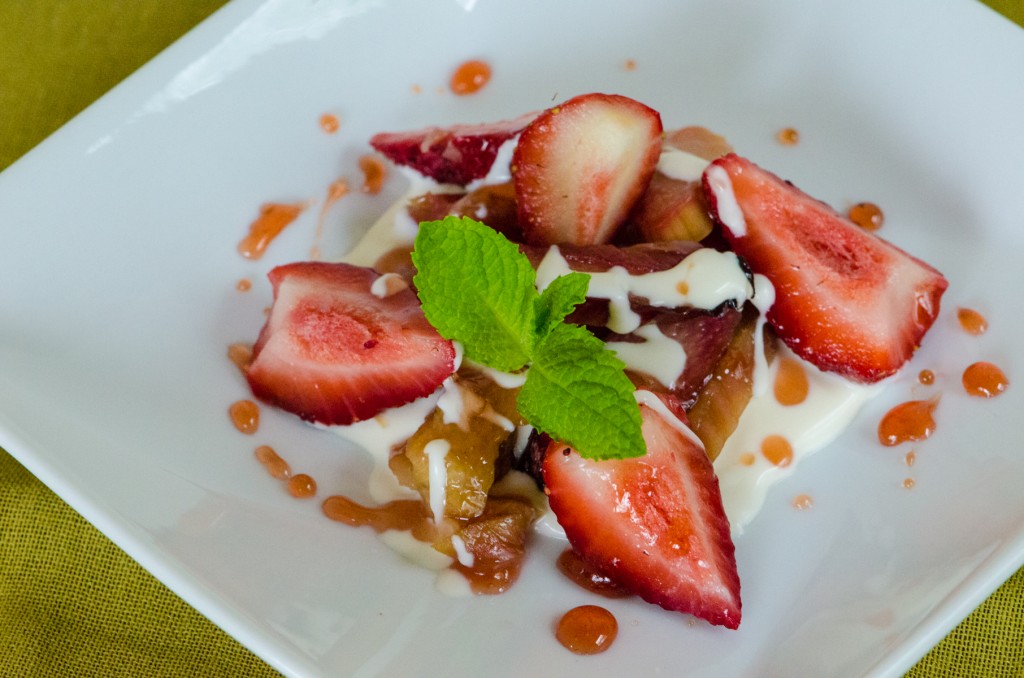 We see many mascarpone desserts on our cycling and ski tours in Italy. It is a crucial component of tiramisu, and I use it often in my cooking classes. However, I still am often asked “What is mascarpone?” Here’s the answer.
We see many mascarpone desserts on our cycling and ski tours in Italy. It is a crucial component of tiramisu, and I use it often in my cooking classes. However, I still am often asked “What is mascarpone?” Here’s the answer.
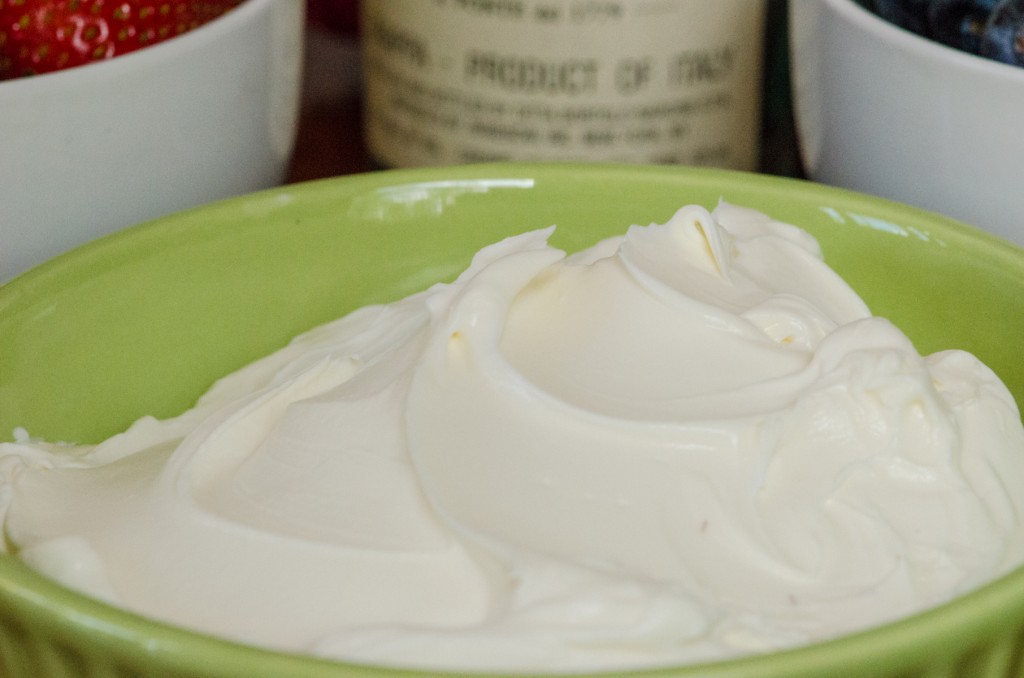 Mascarpone is a fresh Italian cheese made from cream, coagulated by adding some sort of acid, either citric, acetic, or tartaric. It is a soft, creamy, easily spreadable cheese. It originated in the region of Lombardia, in the central north of Italy, in the area between Lodi and Abbiategrasso, just southwest of Milan. There are several theories as to the origin of the name; some claim it comes from the regional dialect name for ricotta, others claim it comes from the Spanish phrase Mas que bueno (more than good), dating from the Spanish occupation.
Mascarpone is a fresh Italian cheese made from cream, coagulated by adding some sort of acid, either citric, acetic, or tartaric. It is a soft, creamy, easily spreadable cheese. It originated in the region of Lombardia, in the central north of Italy, in the area between Lodi and Abbiategrasso, just southwest of Milan. There are several theories as to the origin of the name; some claim it comes from the regional dialect name for ricotta, others claim it comes from the Spanish phrase Mas que bueno (more than good), dating from the Spanish occupation.
It appears in both sweet and savory dishes. I use it to enrich my Pea and Radicchio Risotto, or to whip it together with heavy cream and limoncello to make a tasty topping for roasted pears. And, of course, it is a key ingredient in everyone’s favorite – Tiramisu.
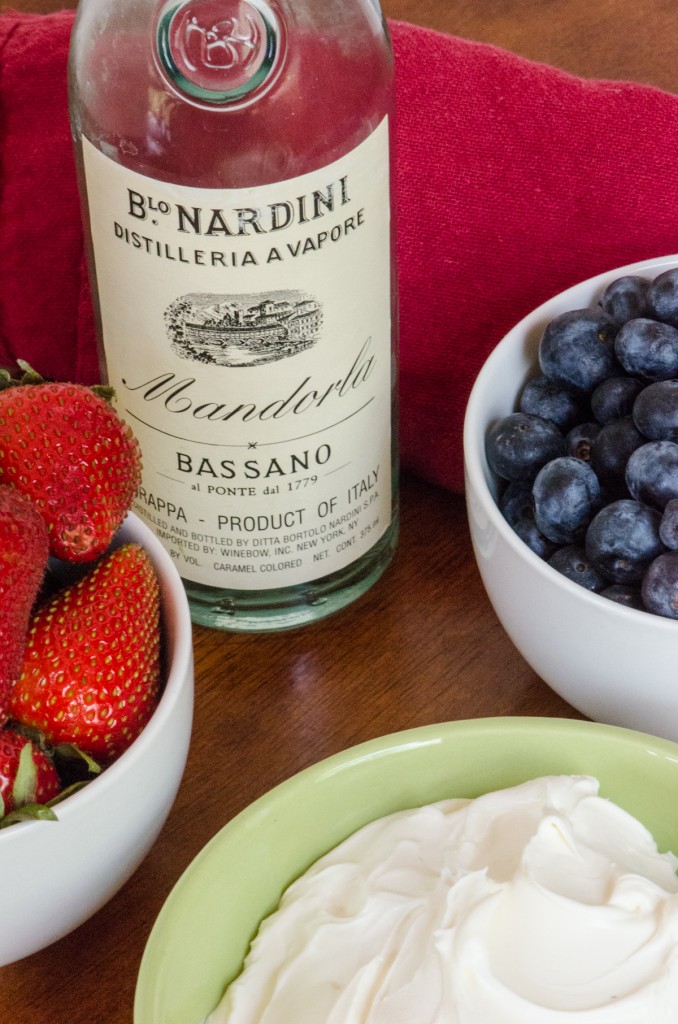 The following recipe is adaptation of a recipe from the region just north of Lombardia, Italy’s smallest region, Val d’Aosta. We will visit this region next season on our gourmet ski tour to Cervinia. Here, mascarpone is flavored with honey and your favorite liquor – I chose grappa, but you could use rum, or limoncello, or whatever you like. It is then served with fresh fruit. Rhubarb and strawberries are in my farmer’s market now. The rhubarb is roasted in water and sugar, and then the liquid reduced and drizzled on top. I also tried it with fresh blueberries and strawberries, topped with chopped toasted hazelnuts.
The following recipe is adaptation of a recipe from the region just north of Lombardia, Italy’s smallest region, Val d’Aosta. We will visit this region next season on our gourmet ski tour to Cervinia. Here, mascarpone is flavored with honey and your favorite liquor – I chose grappa, but you could use rum, or limoncello, or whatever you like. It is then served with fresh fruit. Rhubarb and strawberries are in my farmer’s market now. The rhubarb is roasted in water and sugar, and then the liquid reduced and drizzled on top. I also tried it with fresh blueberries and strawberries, topped with chopped toasted hazelnuts.
12 ounces mascarpone
1/4 cup honey
3 tablespoons grappa
1/4 or more heavy cream
Combine mascarpone, honey, grappa and 1/4 cup heavy cream in a small bowl. Add additional cream to reach the consistency you prefer. Serve with stewed rhubarb and fresh strawberries.
Stewed Rhubarb
3 stalks rhubarb, trimmed and cut on diagonal into 1/4 inch slices
1/2 cup sugar
Preheat oven to 325°. Place the rhubarb into a medium baking dish, and sprinkle the sugar over rhubarb. Add enough water to baking dish to just cover rhubarb (about 2 cups). Place in oven and cook, uncovered, until rhubarb is very soft, about 1 hour.
Using a slotted spoon, transfer the rhubarb to a bowl and pour sweet rhubarb juices into a medium saucepan. Boil rhubarb juices over medium-high heat until thick and syrupy, 15–20 minutes. Drizzle reduced juice over crema, rhubarb and strawberries.
3. Serve rhubarb warm or at room temperature, with a spoonful of ricotta and a bit of sugar sprinkled on top.
